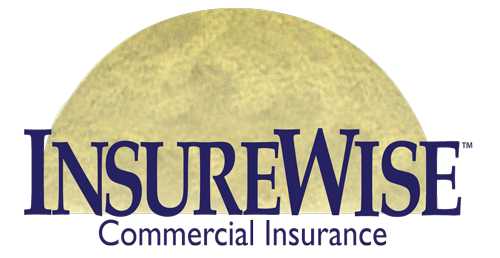- February 27, 2016
- Posted by: thinkjcw
- Category: Blog

Business interruption insurance (also known as business income insurance) covers the loss of income that a business suffers after a disaster while its facility is being rebuilt. A property insurance policy only covers the physical damage to the business. The additional coverage allotted by the business interruption policy covers the profits that would have been earned. This extra policy provision is applicable to all types of businesses, as it is designed to put a business in the same financial position it would have been in if no loss had occurred.
This type of coverage is not sold as a stand-alone policy, but can be added on to the business’ property insurance policy or comprehensive package policy. Since business interruption is included as part of the business’ primary policy, it only pays out if the cause of the loss (called a peril) is covered by the overarching policy.
Coverage: The following are typically covered under a business interruption insurance policy:
- Profits- Profits that would have been earned (based on prior months’ financial statements);
- Fixed Costs- Operating expenses and other costs still being incurred by the property (based on historical costs);
- Temporary Location- Some policies cover the extra expenses for moving to, and operating from, a temporary location;
- Extra Expenses- Reimbursement for reasonable expenses (beyond the fixed costs) that allow the business to continue operation while the property is being
This coverage extends until the end of the business interruption period, which is determined by the insurance policy. Most insurance policies define this period as starting on the date of the covered peril and the damaged property is physically repaired and returned to operations under the same condition that existed prior to the disaster.
Period of Interruption: The period of interruption is defined as the “reasonable amount of time necessary for the insured to resume business.” Obviously, the time required will vary not only by the amount of damage suffered but also by the nature of the company’s operations. Most policies will not cover the entire period needed to rebuild the business to the level that would have been enjoyed had the loss not occurred, but only to the point where goods or services are being produced again— presuming the markets are still there. Consequently, under the standard forms a void could exist for many insured’s. For example, a restaurant forced to close for repairs over a lengthy period may need additional
time to rebuild its popularity and gain back its clientele— beyond the period it takes to just repair the damage and open its doors again. To prepare for such an eventuality, an extended period of indemnification may be obtained for an additional premium.
Dependent property coverage expands BI coverage to the following circumstances:
- Key suppliers that cannot produce goods or services on which the business depends;
- Key customers that cannot receive the business’s goods or services; and
- Manufacturers that cannot provide products for delivery to customers under contracts for
Net profits plus any continuing expenses. Not every bill stops arriving. Insurance, advertising, payroll and other types of overhead will still have to be paid, although the expenses will likely be smaller than if the business was in full operation.
Payroll is a special case. Depending on how long the business is going to be shut down, is it reasonable to keep every employee fully compensated during that time? If your restaurant is going to be closed for three weeks, probably. But for nine months or longer?
Period of Restoration
This protection is triggered by the total or partial suspension of business operations due to loss, loss of use, or damage to all or part of the building or business personal property as the result of a covered cause of loss. Coverage is provided for the time it takes to rebuild, repair, or replace the damaged property or the period of restoration. The period of restoration is defined as the period of time that begins:
- 72 hours after the time of direct physical loss or damage for Business Income coverage;
or
- Immediately after the time of direct physical loss or damage for Extra Expense coverage.
Coverage methods:
There are two commonly used ways of writing business income insurance: coinsurance
and monthly limit of indemnity.
- Coinsurance is the most common method; it is favored because the rates are lower and because recovery is not limited by monthly
- The monthly limit of indemnity method eliminates coinsurance but imposes a monthly maximum based on the fractional limit that the Insured elects (1/3, 1/4, or 1/6 of the policy limits). This form does not limit the length of recovery as is often thought; it limits the amount of business income loss that may be recovered on a monthly
The monthly limit of indemnity method is frequently chosen by entities that elect not to purchase the amount of insurance required by the coinsurance method or by entities that do not want to supply the financial information necessary to calculate the amount of insurance that is needed to satisfy the coinsurance requirement. While no particularly complicated formula is required to determine the appropriate policy limit, it is easy to select policy or monthly percentage limits that are inadequate.
Coverage for ordinary payroll, i.e. payroll expenses for all employees except officers, executives, supervisors, and employees under contract including directly related employee benefits, workers’ compensation premiums, unemployment contributions, and the Insured’s portion of FICA payments, can be limited to 90 or180 days or can be eliminated altogether.
